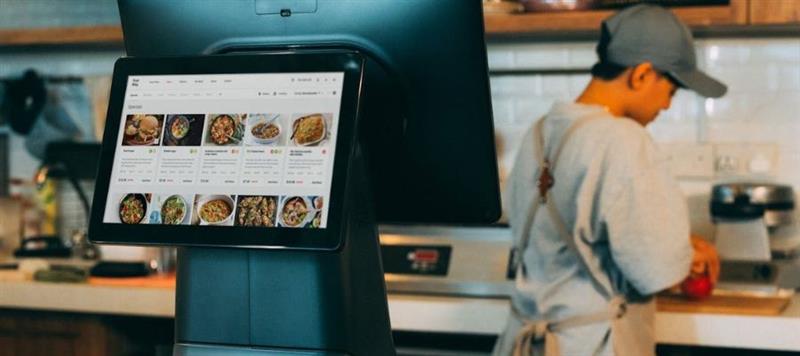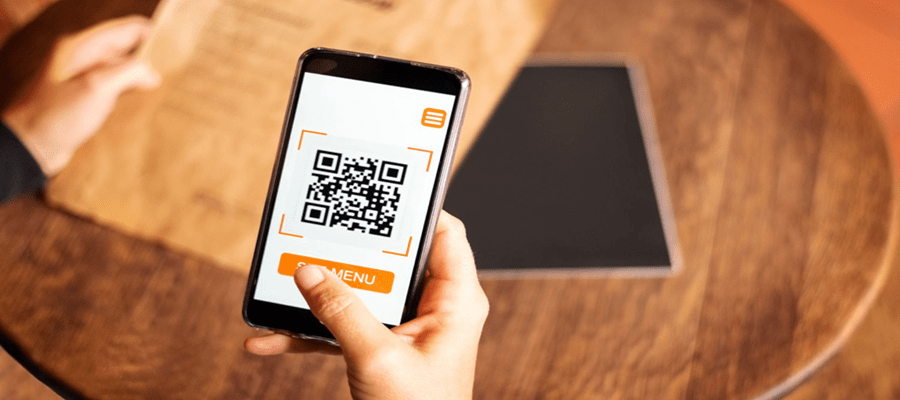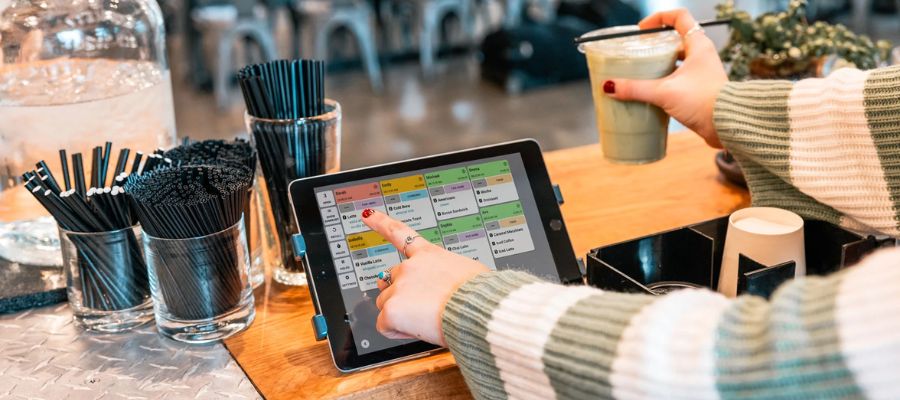
Top Smart Technologies Every Restaurant Staff Member Needs to Succeed
Technology has redefined the restaurant industry in recent years, offering powerful tools that streamline operations, enhance customer experience, and boost profits. While owners and managers often focus on front-end innovations, it's equally important to equip restaurant staff with smart technology that simplifies their tasks, reduces errors, and enables faster service.
In this guide, we’ll explore the essential smart restaurant technologies every staff member—servers, kitchen staff, hosts, and managers—should have at their fingertips. Whether you run a fast-casual eatery, fine dining restaurant, or a multi-location chain, the right tools can significantly improve daily operations and customer satisfaction.
Why Smart Restaurant Technology Matters
Enhancing Operational Efficiency
Smart restaurant tools save time by automating repetitive tasks and reducing manual work. Whether it’s placing an order, managing reservations, or coordinating in the kitchen, digital systems make the process faster and more accurate.
Improving Staff Communication
Real-time communication tools reduce miscommunication between front-of-house and back-of-house staff, leading to fewer errors and faster service.
Boosting Customer Satisfaction
Customers today expect speed, accuracy, and personalization. Smart technology enables restaurants to meet and exceed these expectations with tools like mobile ordering, digital menus, and real-time feedback.
Reducing Human Error
Even the most experienced employees make mistakes. Smart systems help catch potential errors early, whether it's a wrong order or a missed reservation, thus preserving the quality of service.
Key Smart Technologies Every Restaurant Staff Member Needs
1. Point of Sale (POS) Systems
Why It’s Essential:
A modern POS system is more than just a digital cash register. It's a central hub for managing orders, processing payments, tracking sales, and even monitoring staff performance.
Benefits:
-
Order accuracy through real-time tracking
-
Split billing, tipping, and table assignments
-
Cloud-based access to reports and analytics
-
Integrated loyalty and CRM features
Recommended Features:
Look for a POS system with mobile capabilities, touchscreen interfaces, and integration with kitchen display systems and payment processors.
2. Kitchen Display Systems (KDS)
Why It’s Essential:
KDS replaces traditional paper ticket systems, improving communication between waitstaff and kitchen staff.
Benefits:
-
Orders appear instantly on screens in the kitchen
-
Reduces reliance on printed tickets
-
Tracks prep time and order delays
-
Color-coded displays for easy priority management
For Staff:
Kitchen staff can monitor orders in real time, ensuring accuracy and timing. No more confusion over handwriting or lost tickets.
3. Mobile Ordering and Payment Tools
Why It’s Essential:
Empowers servers with handheld devices or tablets to take orders and process payments tableside.
Benefits:
-
Reduces wait times
-
Decreases order errors
-
Speeds up table turnover
-
Enhances customer experience with quick checkouts
For Staff:
Tablets make it easier for staff to handle more tables efficiently, while also upselling items through visual menus and promotional suggestions.
4. Employee Scheduling and Time-Tracking Apps
Why It’s Essential:
Managing shifts, breaks, and hours can be a nightmare without the right tools. Smart scheduling apps make the process seamless for both managers and staff.
Benefits:
-
Staff can view and request shifts from their phones
-
Managers get alerts for overtime or understaffing
-
Integrates with payroll systems
-
Tracks attendance and punctuality
For Staff:
Flexibility and transparency in scheduling lead to happier employees and fewer no-shows.
5. Inventory Management Software
Why It’s Essential:
Real-time inventory tracking helps minimize waste, avoid stockouts, and maintain consistent menu offerings.
Benefits:
-
Auto-alerts for low stock
-
Integration with POS for real-time ingredient tracking
-
Forecasting tools to reduce food waste
-
Tracks vendor orders and delivery schedules
For Staff:
Kitchen managers and chefs can better plan prep work, reduce food costs, and ensure every item on the menu is available.
6. Smart Reservation Systems
Why It’s Essential:
Gone are the days of reservation books and sticky notes. Online reservation systems make it easier to manage bookings and improve guest flow.
Benefits:
-
Automated confirmation and reminder texts
-
Accurate table allocation
-
Waitlist management with estimated wait times
-
Data collection for personalized service
For Staff:
Hosts can manage peak times without stress, while servers are better prepared for upcoming guests with dietary preferences and seating requests.
7. Tableside Ordering and Self-Service Kiosks
Why It’s Essential:
Self-service technology is becoming more common in casual and fast-casual settings.
Benefits:
-
Reduces labor costs during peak hours
-
Upsell opportunities through visual menus
-
Minimizes order-taking mistakes
-
Improves customer flow and experience
For Staff:
Kiosks handle orders, freeing staff to focus on food delivery and customer interaction, leading to faster service and better table management.
8. Smart Feedback and Review Tools
Why It’s Essential:
Collecting customer feedback in real-time allows restaurants to resolve issues before they escalate into negative reviews online.
Benefits:
-
Instant surveys via receipts or digital prompts
-
Alerts for low ratings to allow immediate action
-
Tracks customer satisfaction trends over time
For Staff:
Enables frontline workers to correct service issues proactively and receive recognition for high ratings.
9. Digital Menu Boards and QR Code Menus
Why It’s Essential:
Digital menus are dynamic and easy to update without reprinting costs. QR codes allow contactless browsing on a customer's phone.
Benefits:
-
Easy to update pricing and items
-
Highlight specials, promotions, or allergens
-
Contactless for customer safety
-
Enhances brand image
For Staff:
Reduces the need for printed menus, improves upselling opportunities, and allows for better communication of kitchen availability.
10. Communication and Task Management Tools
Why It’s Essential:
Digital platforms like Slack, 7shifts, or restaurant-specific task apps allow seamless internal communication.
Benefits:
-
Share daily updates, shift notes, and specials
-
Assign and track cleaning or prep tasks
-
Reduces verbal miscommunication
-
Improves team accountability
For Staff:
Everyone stays on the same page, reducing friction between front and back of house, and creating a more organized environment.
How to Choose the Right Technology for Your Restaurant
Evaluate Your Needs
Not every restaurant needs every tool. A small café might benefit more from a mobile POS and QR menus, while a large restaurant may need a full suite of inventory, scheduling, and feedback tools.
Consider Integration
Choose platforms that work together. Your POS should integrate with your kitchen display, inventory, and CRM systems to ensure a smooth flow of data.
Get Staff Input
Technology adoption works best when your team is on board. Involve your staff in selecting and testing tools to ensure they’re intuitive and genuinely helpful.
Training and Support
No matter how advanced the tool, it’s only as good as the people using it. Invest in proper training and choose vendors that offer responsive support.
The Future of Restaurant Technology
Smart technology will continue to evolve with AI-driven predictive tools, voice-activated ordering, and robot servers making their way into the mainstream. But at the core of every innovation should be one goal: making life easier for your staff and enhancing your customer’s experience.
The restaurants that succeed in the coming years won’t just be the ones with the flashiest tools—but those who use technology to create seamless, human-centered hospitality.
Final Thoughts
Smart restaurant technology isn’t just a trend—it’s a necessity. In an industry known for high turnover, tight margins, and ever-increasing customer expectations, the right tools can make a world of difference. By equipping your staff with modern, efficient, and user-friendly technologies, you’re setting them—and your business—up for long-term success.
From POS systems to inventory apps, every tool that simplifies tasks and improves communication helps foster a more productive and motivated team. In the end, smart technology empowers your staff to focus on what truly matters: delivering exceptional service and unforgettable dining experiences.


